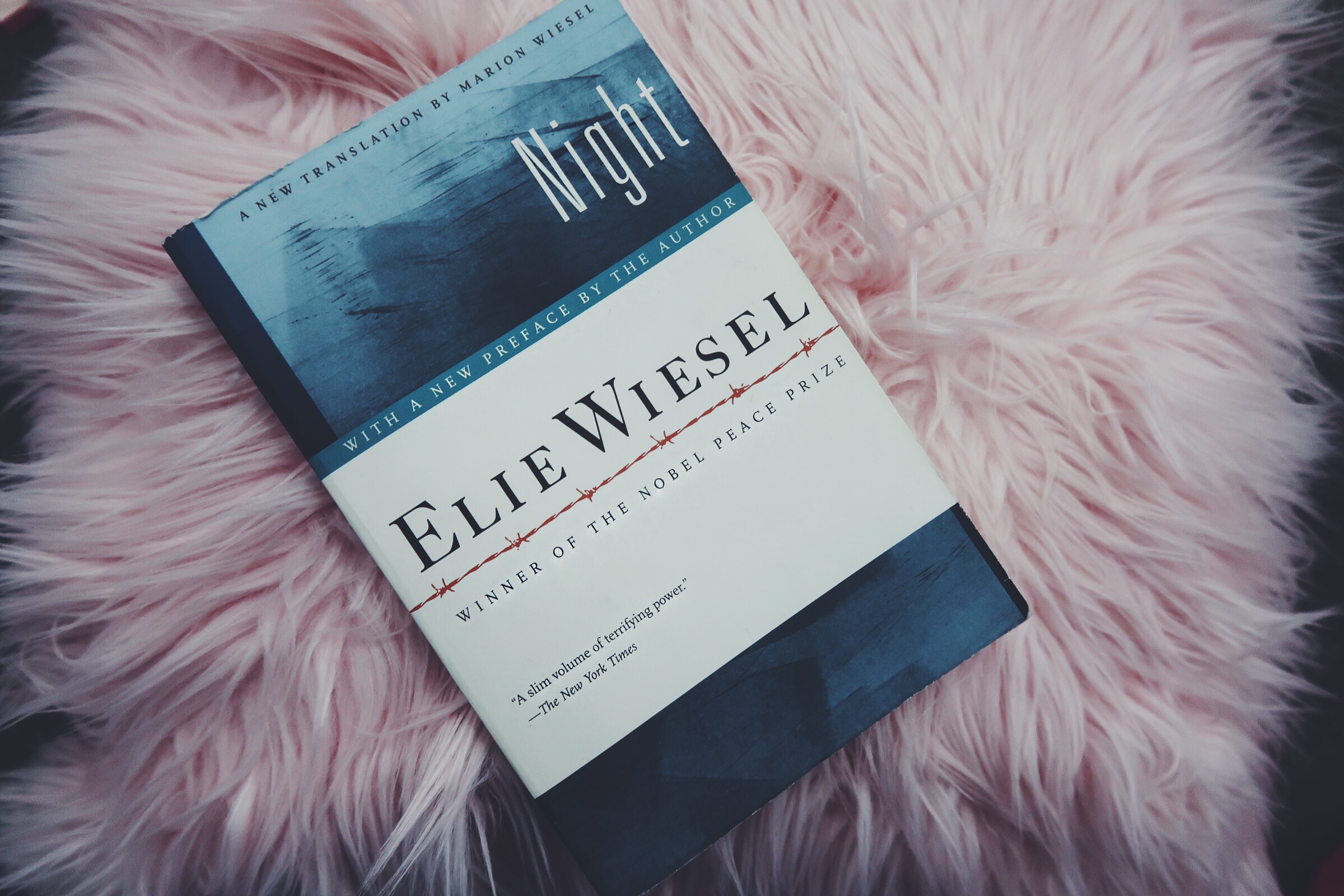Suspense is that feeling of uncertainty, excitement, or anxiety caused by a situation that is yet to be resolved.
In storytelling, suspense is created by leaving the outcome of a situation unknown, keeping the full information away from the reader, and releasing it at intervals to heighten their curiosity or by creating a sense of danger or threat.
Suspense is an important literary device because it helps to engage readers and keep them interested in the story. How it works is that it creates a sense of urgency and keeps readers guessing what will happen next. It also creates emotional investment in the characters and makes readers care about the outcome of the story.
When the suspense is finally resolved, it creates a sense of emotional release. Without suspense, a story can feel flat and uninteresting.
Sometimes, suspense can be frustrating for readers who just want to know what happens next. Some authors have even criticized the use of suspense, saying that it can be manipulative and unfair to readers.
However, most readers agree that a little suspense makes a story more interesting and engaging. There should be a delicate balance between creating suspense and keeping the reader invested without frustrating them too much.
There’s nothing worse than a story that builds up suspense and then fails to deliver on that suspense. The best stories find a way to create suspense while also keeping the reader satisfied with the resolution of the story.
In books, suspense is often created through the use of foreshadowing, which hints at what may happen in the future. When done well, suspense can keep readers or viewers on the edge of their seats. In movies a classic example of suspense is a character in a horror scene walking up a dark staircase, knowing that something terrible is about to happen.
One of the most suspenseful literature novels of all time is “Rebecca” by Daphne du Maurier. The story follows a young woman who marries a wealthy widower and moves into his estate, where she finds herself haunted by the memory of his first wife, Rebecca. The novel is full of twists and turns, and the suspense builds up just as the young woman struggles to uncover the truth about Rebecca’s death.
The book has been adapted into a number of films and TV shows and is considered a classic of suspense literature.
In addition to “Rebecca,” “The Haunting of Hill House” by Shirley Jackson is another suspenseful and creepy story that has been adapted into movies and TV shows. “And Then There Were None” by Agatha Christie is a classic locked-room mystery that will keep you guessing until the very end.
And if you’re looking for a modern twist on suspense, “Gone Girl” by Gillian Flynn is a dark story that will keep you on the edge of your seat. There are several other great examples of suspense to best portray its true meaning.
Examples of suspense
There are so many great examples of suspense in literature, one good example is “The Tell-Tale Heart” by Edgar Allan Poe. The story follows a man who becomes convinced that an old man’s eye is evil, and he murders the old man.
But then the man becomes tormented by the sound of the old man’s heart beating beneath the floorboards. The suspense builds and builds until the end of the story when the man’s guilt and paranoia reach a fever pitch.
Another example of suspense is “The Most Dangerous Game” by Richard Connell.
This story follows a hunter who is marooned on an island where he meets a man who hunts humans for sport.
The hunter becomes the hunted, and the suspense builds as he tries to outsmart his captor and escape the island. Both of these stories use suspense to create a tense and thrilling reading experience.
Suspense is more common in horror stories because horror stories often rely on it to create a sense of fear and dread but that does not mean that suspense is only limited to the horror genre. It can also be used in other genres.
For example, “The Hunger Games” by Suzanne Collins uses suspense to keep readers invested in the story of Katniss’ struggle to survive the deadly games. “The Girl on the Train” by Paula Hawkins uses suspense to build tension as the protagonist tries to piece together a mystery.
Suspense can be found in all kinds of stories, from thrillers to romance novels. All stories need some level of suspense to keep readers interested and engaged. Without suspense, even the most thrilling story would be boring.
Types of suspense
Dramatic suspense
This is when the story builds tension through events that create a sense of impending danger or excitement. Think of movies like “Jaws” or “Gone Girl.” The audience is on the edge of their seats because they don’t know what’s going to happen next.
Narrative suspense
This type of suspense creates tension by raising questions that the audience wants answered. The reader wants to know how the story ends and is eager to find out what happens. A good example is “The Da Vinci Code.”
Physical suspense
This type creates suspense by putting the characters in physical danger. This could be a character being chased by a killer, trapped in a burning building, or facing some other physical threat.
Emotional suspense
This creates suspense by making the reader emotionally invested in the characters and their experiences. This could be a character struggling with a difficult decision or facing a moral dilemma.
Conclusion
Suspense is a powerful tool for keeping readers engaged and turning the pages. It creates a sense of anticipation and curiosity that keeps readers invested in the story.
It is safe to say that every literature book makes use of suspense to gain the reader’s full attention. Without suspense, a story can feel predictable and dull. But with the right amount of suspense, even the most ordinary story can become gripping and thrilling.
Share


